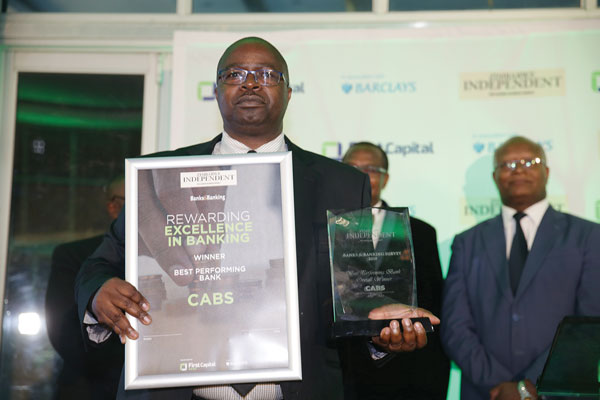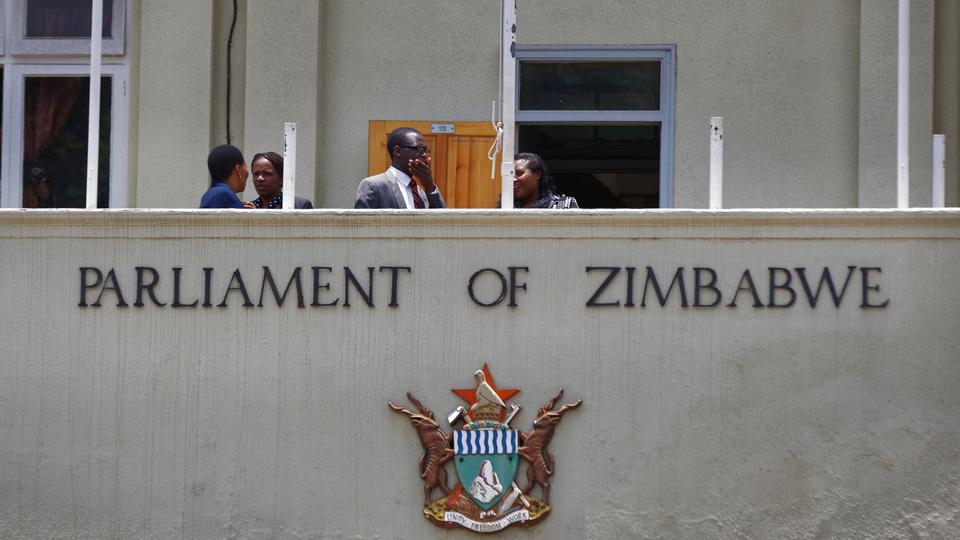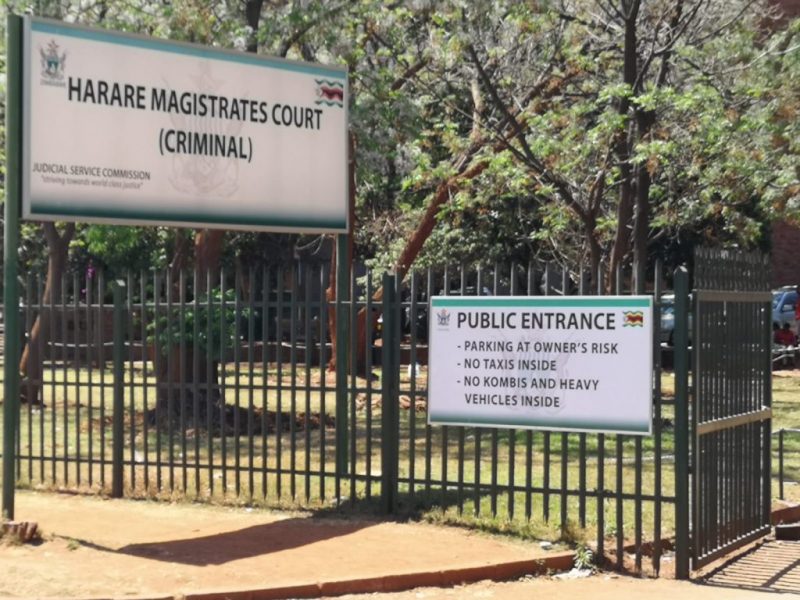
FINANCE minister Mthuli Ncube has urged banks to diversify and develop business models tailored to meet special requirements of the unbanked and underserved segments of the population.
By Kuda Chideme

Ncube was speaking at the launch of the Zimbabwe Independent’s Banks and Banking Survey in Harare on Thursday, where he was the key speaker.
The survey was carried under the theme Financial Inclusion: Banking the Unbanked.
“Financial inclusion serves as a critical pathway for uplifting the lives of under-served and marginalised people in our country, through unlocking opportunities for stakeholders that include women and youth by expanding access to savings, credit, insurance, capital markets and payment systems,” he said.
“An inclusive financial sector has the catalytic effect of helping the nation to diversify the economy and boost sectors such as agriculture, tourism and manufacturing. When more people save and transact through formal financial institutions, the country will have more resources to invest in various sectors of the economy and, in turn, create the much-needed jobs as well as reduce poverty. Access to financial services is often the first step in allowing the poor and marginalised to flourish.”
Ncube added that government, in collaboration with financial sector regulators, would continue to promote an enabling environment that allows financial institutions to be innovative, while ensuring that the financial system remains safe and sound.
CABS emerged the top-performing bank with, CBZ coming in second position followed by First Capital Bank (formerly Barclays Bank).
- Chamisa under fire over US$120K donation
- Mavhunga puts DeMbare into Chibuku quarterfinals
- Pension funds bet on Cabora Bassa oilfields
- Councils defy govt fire tender directive
Keep Reading
The survey showed that the banks performed reasonably well under the prevailing economic conditions, as most indicators were positive.
Balance sheets were stronger, profits were up and there was a healthy relationship between expenditure and income.
An analysis of key ratios as well as the balance sheet size and profitability was used to determine the ranking. Up to 27 categories were analysed and only hard data was used for this purpose to avoid undue subjectivity.
Steward Bank won the award for mobilising the most deposits during the period under review.
The bank’s liabilities amounted to $10,473 billion, with deposits making up 80,3% of the amount.
Deposits from customers have been growing steadily over the years when compared to those from other banks. Customers’ deposits peaked at $8,4 billion in the half-year period, while the ones from banks were only $1,2bn.
Deposits consist largely of demand funds at 64,47%, while time deposits contribute 24,34%. Savings only constitute 4,76%, as people would rather spend than save.
It remains to be seen whether the saving culture will change with the advent of the foreign current accounts, as value is better preserved in hard currency.
CBZ, Stanbic and CABS collectively account for 46,12% of all deposits. The building societies anchor the bottom of the rankings in terms of deposit size, with FBC Building Society at $113,86 million, National Building Society $67,72m and lastly ZB Building Society with a modest $22,29m.
Lines of credit improved from $241,7m last year to $278m in the six months under review, a sign of growing confidence by foreign entities. NMB was voted the people’s choice in a poll conducted online.
Cumulatively, the banks hold $1,5bn in equity compared to $1,3bn last year.
More than 60% of the loans were issued for productive purposes, with the agricultural sector accounting for 15,68%, while the mortgage sector took up 14,68%, followed by distribution at 12,89%.
CABS has the biggest loan book with an amount of $904,69m, followed by CBZ with $639,49m.
Stanbic and FBC Bank follow in third and fourth place with $384,5m and $307,58m respectively.
Smaller banks by deposit size anchor the bottom of the list, with FBC Building Society at $64,45m and ZB Building Society with $20,72m.
Ecobank won the award for the most cost-efficient bank.
The CBZ loan book accounts for 23,72% of the total loans on the market, followed with 14,5%. Stanbic comes in third place with 9,13% the First Capital 5,83% coming second and BancABC 5,69% third.
CBZ has the largest holding of government securities at 31,12%, followed by StanChart at 9,48%. Entities with smaller deposits naturally account for less in terms of their investment in Treasury Bills (TBs).
ZB Building Society does not invest in TBs, while the other building societies weigh in marginally: FBC Building Society (1,94%) and National Building Society (0,63%).
The proportion of loans to deposits dipped from 49,5% in the first half of the year in 2017 to 40,2%. This invariably means that either banks are reluctant to lend or customers do not want to borrow.
On the other hand, government securities have seen a surge in their claim on deposits, rising from 31,9% last year to 39,63% in the first half of the year.
Overall, banks are lending on average about 77% of their deposits and, with some even including their equity in the lending matrix, the ratio settles around 66%.
Total income increased from $391m in the first half last year to close the year at $920m. In the six months to June, the banks have already registered $547m in total income and are likely to breach the $1bn mark in the full year.
Net profit has also seen a steady increase from 20,4% in the first half last year to 33,8% this year.
Almost all entities under review made a profit, save for ZB Building Society, which incurred a nominal loss of $234 337.
The most profitable entities are FBC Building Society and Ecobank, with margins of 59,2% and 52,8% respectively, while CBZ and CABS follow at 43,8% and 43,7%.
The banks cumulatively operated within acceptable limits of income-to-expenditure ratios that ensured profitability and going concern of the firms.
Non-interest income constituted 60,42% compared to 56,29% last year. The biggest component of non-interest income was fees and commissions.
Staff costs account for less than half of the total expenses and less than 30% of total income.











